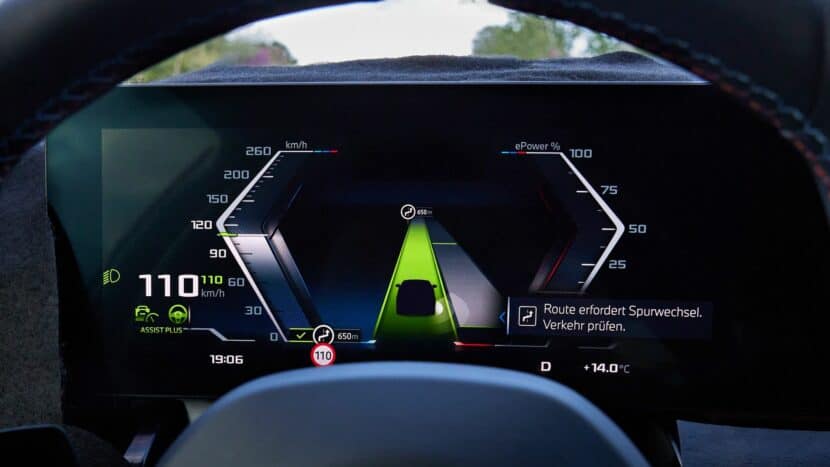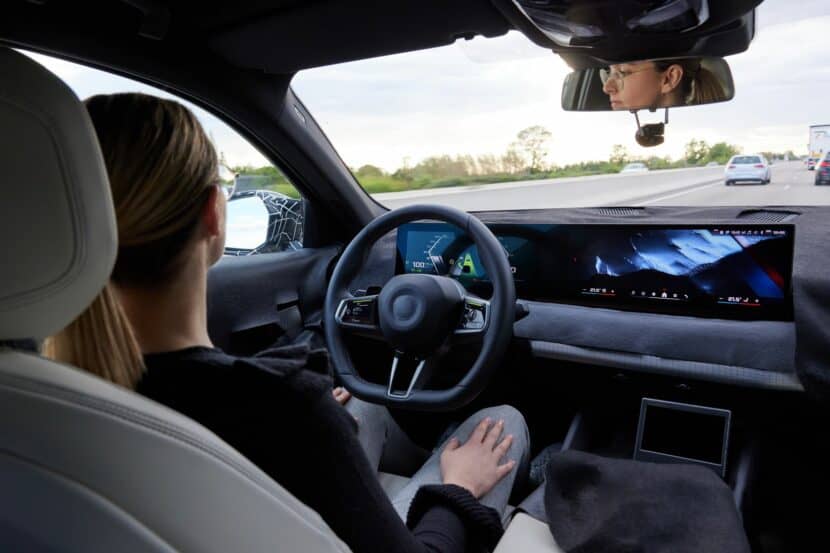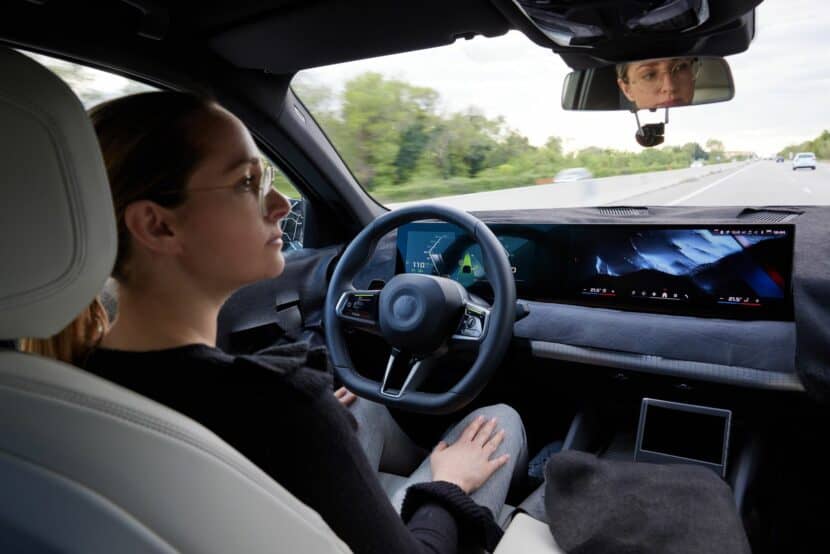BMW Driver Assistance Systems: A Comprehensive Overview
Driver assistance systems are becoming increasingly more popular with each new model year release. BMW offers superlative options, which underscore why they are the ultimate driving machines. Currently, four different equipment specifications are available: Driving Assistant (SA 5AS), Driving Assistant Plus (SA 5AT), Driving Assistant Professional (SA 5AU), and Motorway Assistant (OE 5AX). Driving Assistant has fewer features compared to the Motorway Assistant optional equipment.
Four Levels of BMW Driver Assistance: What’s Included in Each?
A combination of complex hardware/software enable a multitude of functions to be executed. Equipment specifications offered, functions, and system components contained may vary by model. For example, a BMW i7 xDrive60 with Motorway Assistant enables travel up to 85 mph without touching the steering wheel, granted the driver is attentive. Alternatively, an X3 sDrive30i equipped only with Driving Assistant, will not have this feature.
Each equipment specification will come with increasingly more features, which can be a distinguishing factor when deciding the best option for your lifestyle. Maybe you want an M4 Competition with minimal driver assistance or an i7 M70 with every available driver assistance feature. Let’s discuss what each tier offers.
Driving Assistant (SA 5AS) offers the following features; Collision Warning, Pedestrian and Cyclists Warning with City Braking Function, Road Sign Recognition, Lane Change Warning, Lane Departure Warning, Rear Crossing Traffic Warning, Rear-end Collision Warning, and Exit Warning.
Driving Assistant Plus (SA 5AT) includes all the previous features with the addition of; Automatic Speed Limit Assist, Steering and Lane Control Assistant Basic (up to 111 mph), and Active Cruise Control with Stop & Go Function (up to 111 mph).
Driving Assistant Professional (SA 5AU) adds significantly more features including; Steering and Lane Control Assistant (up to 130 mph), Rescue Lane Assistant, Emergency Stop Assistant, Avoidance Assistance, Road Priority Warning, Wrong-Way Assistant, Lane Keeping Assistant with Active Side Collision Protection, Crossing Traffic Warning (Front & Rear), Lane Change Assistant, and Traffic Light Detection with Hold Function.
Motorway Assistant: The Ultimate in Driver Assistance
The crème de la crème is the Motorway Assistant (OE 5AX) which includes all of the previously aforementioned features with the addition of Motorway Travel (without touching the steering wheel up to 85 mph) and Automatic Lane Change (by looking in the exterior mirror). Unfortunately, BMW doesn’t offer driver assistance systems to do your laundry or cook dinner – but that would be awesome right?
Lateral Guidance Assistance: How BMW Vehicles Take Over the Steering
BMW vehicles equipped with the proper optional equipment also have the ability to take over the steering of the vehicle and provide Lateral Guidance Assistance, which essentially aids the driver in staying in the appropriate lane by initiating corrective steering interventions if required. A multifunction steering wheel is used with touch detection, haptic feedback, and LED strips for visualizing the handling instructions displayed in the instrument cluster and central information display.
Systems which contain Lateral Guidance Assistance include:
- Traffic Jam Assist (from 2013 in 3 generations)
- Steering and Lane Control Assistant with Traffic Jam Assistant (from 2015 G11/G12 7 series)
- Lane Keeping Assistant with Active Side Collision Protection (from 2015 G11/G12 7 series)
- Lane Change Assistant (from 2016 G30 5 series)
- Avoidance Assistance (from 2016 G30 5 series)
- Lane Departure Warning with Active Recirculation (from 2018 G05 X5)
- Emergency Stop Assistant (from 2018 G05 X5)
- Rescue Lane Assistant (from 2019 G20 3 series)
- Motorway Assistant (from 2022 G70 7 series), and Automatic Lane Change by looking in the exterior mirrors (from 2023 G60 5 Series).
Functional characteristics of these systems vary depending on equipment specification – ranging from lane centering guidance, active steering intervention to execute lane changes, and automatic lateral arrangement to form an emergency lane to name a few.
To some, this technology may be intimidating and far-fetched, however, these systems seem to be evidence of our path towards an automated future of mobility – one I am very much looking forward to. When you put machine learning, artificial intelligence, sophisticated hardware/ software, and very intellectual people from around the world into a blender the output is surely going to be increased road safety that will propel us into the next generation of transportation.



